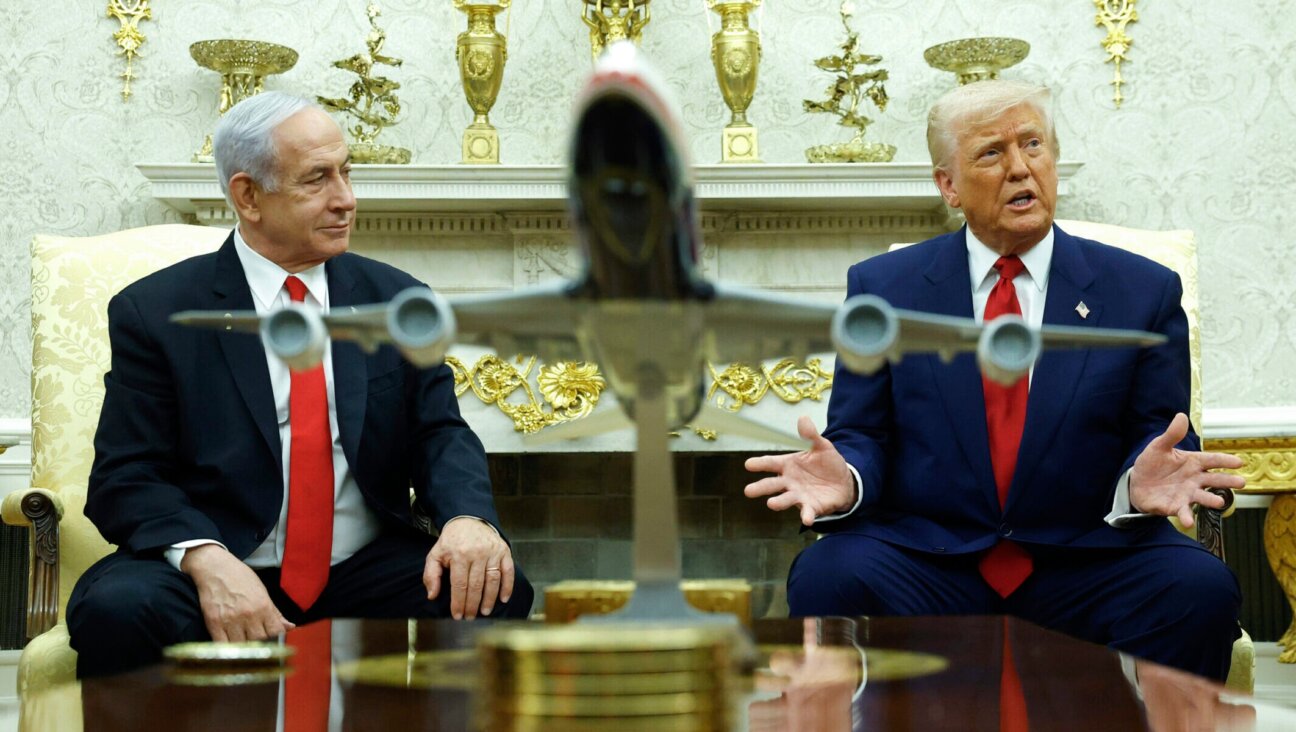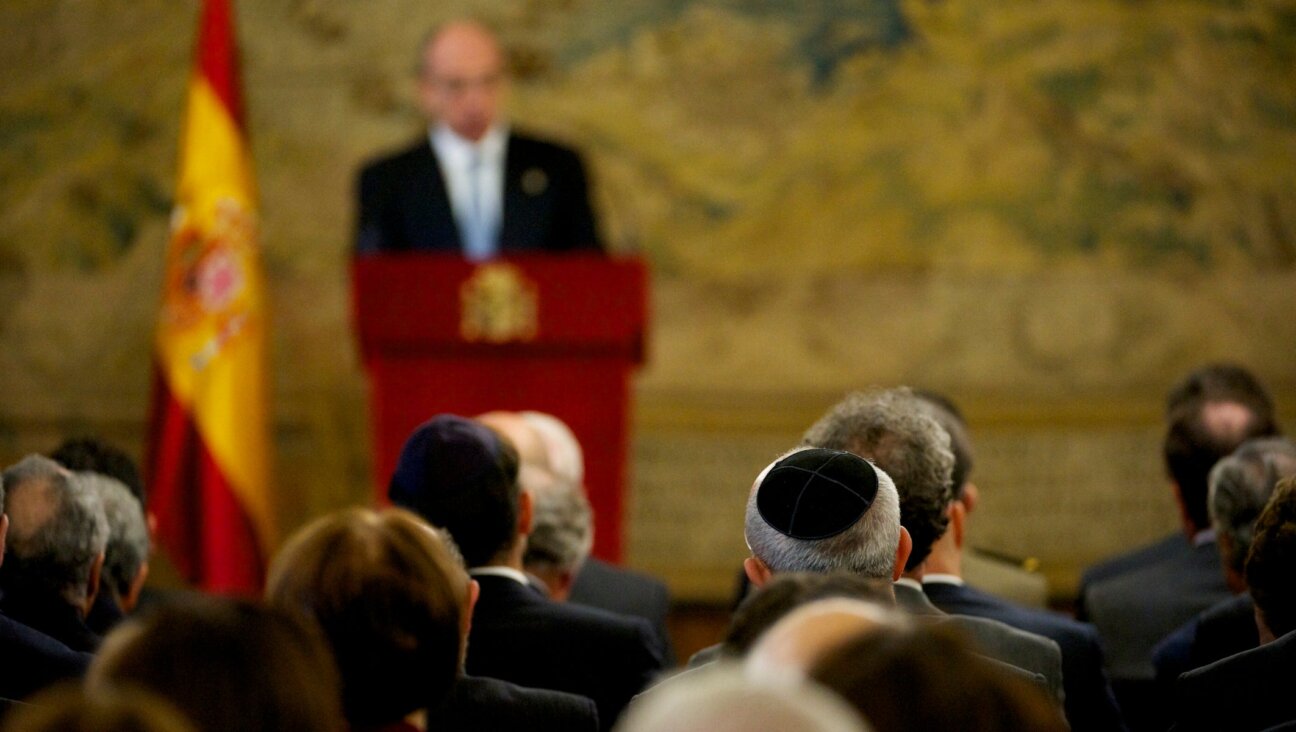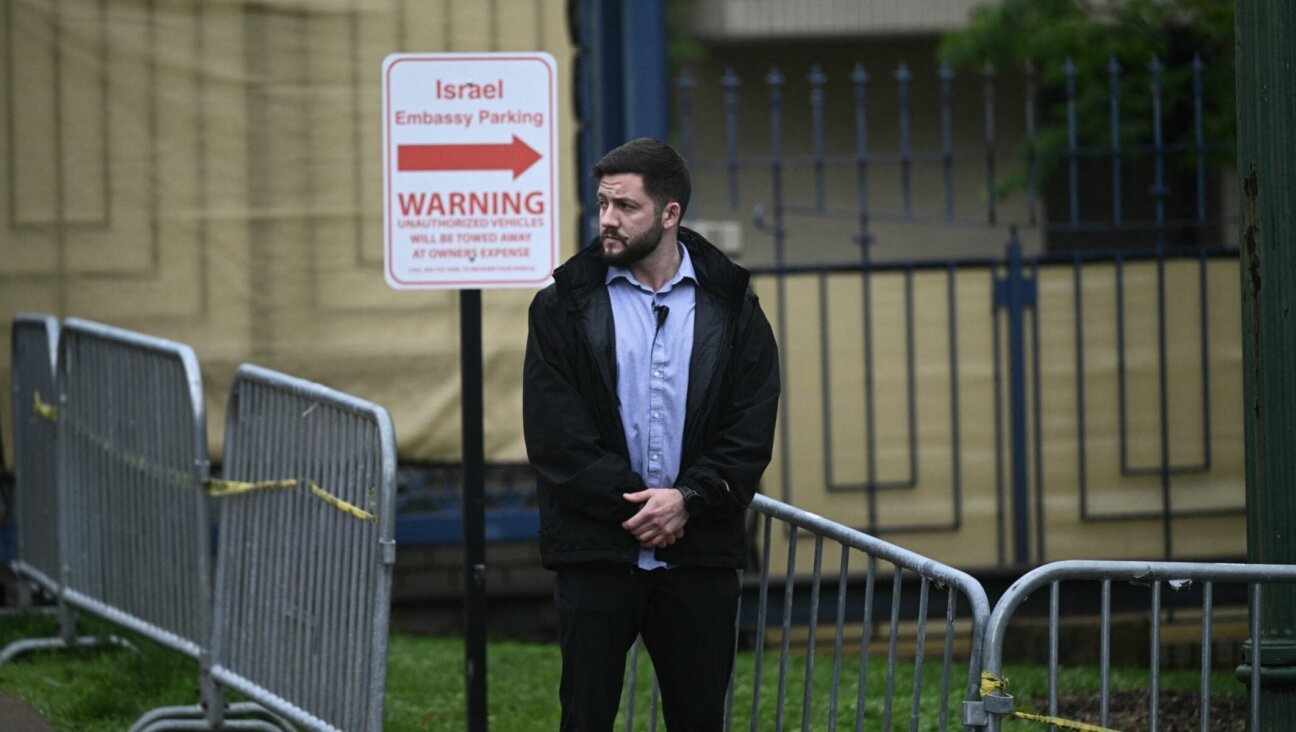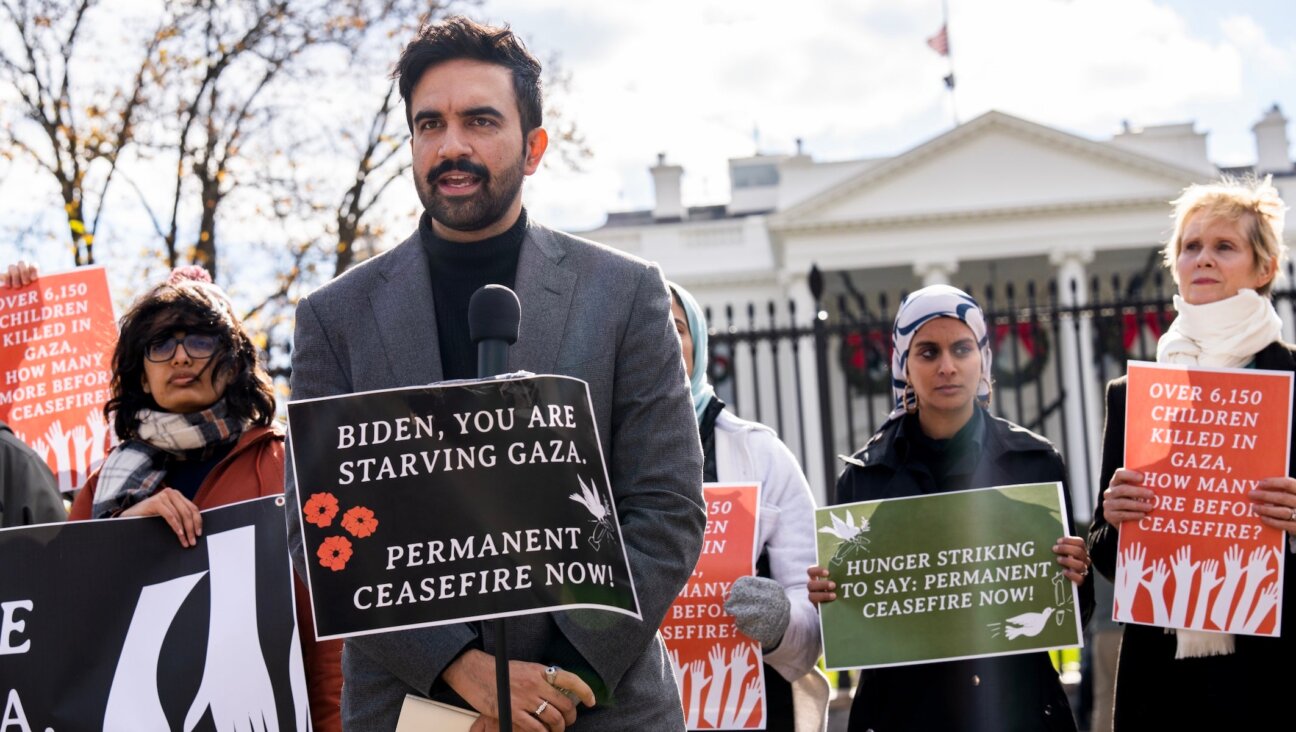The Seder Plate: Exodus from the Climate Crisis

Image by Flickr: txkimmers

Image by Flickr: txkimmers
The Israelites escaped from Egyptian slavery through the parted waters of the Red Sea from a “narrow place”, and were born anew when they came out of the canal as a free nation. Egypt, in Hebrew Mitzrayim, means a tight and narrow place. In the world today, we are also caught in a narrow place, and being chased by the impending need to make the necessary changes in our personal lives to reduce our man made climate crisis.
In order to transform, we must proactively become engaged with our environment so that we can lead a self-sustaining life that is in harmony with bal tashchit, the law that tells us not to waste or destroy (Deuteronomy 20: 19-20). In other words, we need to conserve and preserve the natural resources we have to attain freedom.
The Passover seder plate with all its symbolic foods is used to retell the story of our freedom from Egypt. The focus of this ritual meal serves both as a reminder, and as a modern day guide on how to release ourselves from our present bondage to non-renewable resources. Each one of us can achieve renewal and independence this year by finding inspiration from the items on the seder plate as a metaphor for our liberation from global warming.
Let us be inspired this Passover by the simple lives our ancestors led and take action towards the greening of our souls and homes by living more humbly and honestly.
Maror
Bitter herbs symbolize the bitterness and harshness of the slavery, which the Jews endured in Egypt.
We will be bitter over the reckless use of our non-renewable resources if we do not take care of our planet. The current way we generate and use energy threatens the health and existence of all creation. We are inefficiently burning and abusing fossil fuels (oil, coal, and natural gas) to produce energy, which contributes to climate change and global warming. Collectively we should try to use more alternative energy, such as hydroelectricity, wind, solar and geothermal.
Charoset
Charoset represents the mortar used by the Jewish slaves to build the storehouses of Egypt
We were forced to build under the command of the Egyptians, but today we have a choice as to how we want to build our houses. There is a growing movement to build green, setting higher standards for energy efficiency and air quality, using sustainable and recyclable resources, and keeping waste to a minimum. Building green means using low VOC (volatile organic compounds) paint, recycled glass tiles, sunflower based panels, recycled marble floors, and woods that are sustainably grown, such as bamboo or cork, which are very durable.
Karpas
A simple vegetable mirrors the pain felt by the Jewish slaves in Egypt, who could only eat simple foods
The simple diet our ancestors followed in the desert towards their pursuit of freedom, still applies today. We need to farm our produce free of pesticides, herbicides, and hormones. By eating organic locally grown produce, you can greatly reduce your exposure to chemicals found in conventionally produced food. Become a member of a CSA in which you lease a part of the farm, and in turn the farmers work for a wage to bring you the freshest, organic pesticide free produce to a local depot every week.
Z’roa
Since the destruction of the Temple, the z’roa serves as a visual reminder of the Pesach sacrifice
Although we don’t have to make offerings in the temple today, , I suggest we offer a commitment to reshape our planet. The more educated we are to be environmentally sensitive; the more of us will choose to live differently; a greener life.Education starts at home by connecting with the commandment “You shall tell it to your child” (Exodus 13:8). Let us convey to our children the moral and imperative message of respect for our environment through OUR deeds. Just choose any of the green tips I have suggested, and DO IT! The secret is to start.
Beitzah
An egg symbolizes the Korban Chagigah (Additional Festival Offering), which evokes the idea of mourning over the destruction of the Temple
The egg can also represent our planet; it looks and feels hard on the outside, but is fragile if we mistreat it. Similarly earth, has the appearance of being strong, able to sustain us all, however if we mishandle our earth, it too becomes vulnerable to global scorching. Our atmosphere that protects us from damaging UV-B radiation has been cracked open as a result of green house gases produced through pollution, as seen in the Antarctic Ozone hole. We can choose to use the egg as a symbol of mourning if we damage it or we can look at the egg as inspiration for renewal. If we are mindful of the “egg”, and take care not to harm it, it will remain in tact and so will our planet.
Matzah
A symbol of humility, while leavened bread is seen as boastful
The surface of the matzah resembles a barren desert, indicative of what our planet could be in the near future if we don’t stop the climate crisis from escalating to a point where many more parts of our planet will become desolate through deforestation. As more forests are destroyed, we have fewer trees to help keep our water and soil clean, provide habitat for wildlife, and soak up the carbon dioxide that causes global warming. The paper products we use in our home are sourced from forests. Consider switching to recycled paper goods to offset more trees from being cut down. You can also curtail the use of paper by thinking before you print, cancelling catalogs that you don’t need at Catalog Choice, and by paying your bills online to avoid receiving more paper in the mail. We can use the matzah as a symbol for us to remain true to ourselves with humility for the beautiful powerful planet that G-d created for us.























